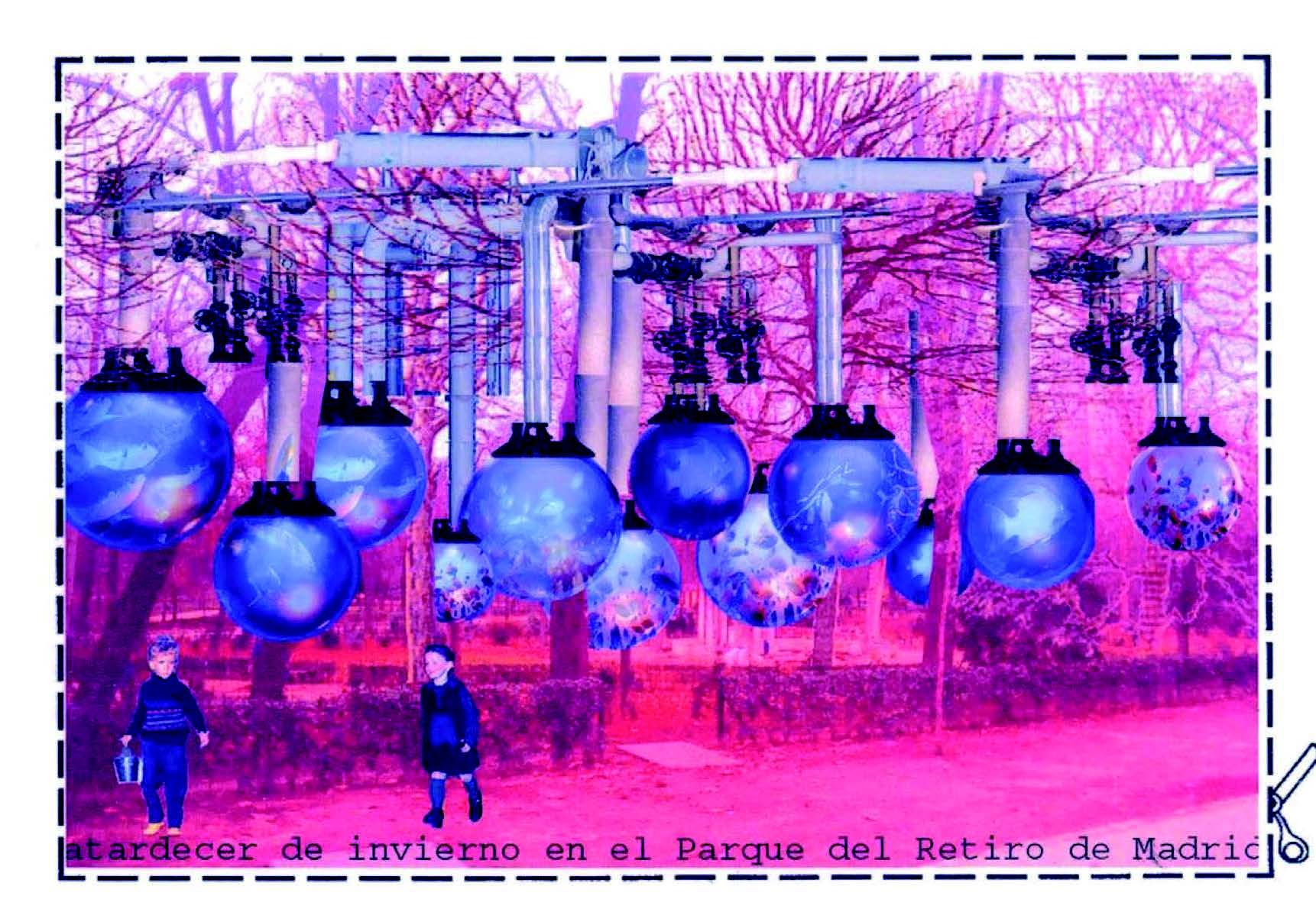2001- Odyssey at the Academy: women draw
DOI:
https://doi.org/10.15168/xy.v7i13.2733Keywords:
ecofeminist graphic art, minor architecture, more-than-humanAbstract
The construction of the spaces we inhabit is not neutral, nor is the production of knowledge as both have a cultural meaning. Design is limited, organized, and valued by androcentric power structures and, consequently, architecture universalizes a masculine model as a neutral one but women bodies and those of minorities are absent, repressed and forgotten. In Academics, the discourse of scientific and technical objectivity has dominated drawing learning strategies for the construction of spaces. Since the second half of the 20th century, the codified representation of architecture has evolved into an instrument of analysis, interpretation, communication and even criticism, becoming the means to express opposition to what is established without words.
Sometimes, camouflaged in master’s degree projects, other architectures flow from the Academy itself. They emerge from the common desire to transform the reality that surrounds them, from resistance and often from a gender approach. These other discourses that propose new ways of operating in space require other graphic procedures: we project what we can draw. In March 2001, the architect Izaskun Chinchilla presented her final degree project at the Madrid School
of Architecture. Under the title Project for the artificial reforestation of the Retiro Park in Madrid, she showed an enormous and dense hybrid graphic production that fused the handmade, the digital, the intuitive and the scientific stuff and anticipated a more-than-human imaginary illustrated by minor ecofeminist architectures.

Downloads
Published
How to Cite
Issue
Section
License
Copyright (c) 2024 XY. Studies on the representation of architecture and the use of the image in science and art

This work is licensed under a Creative Commons Attribution-NonCommercial-ShareAlike 4.0 International License.

